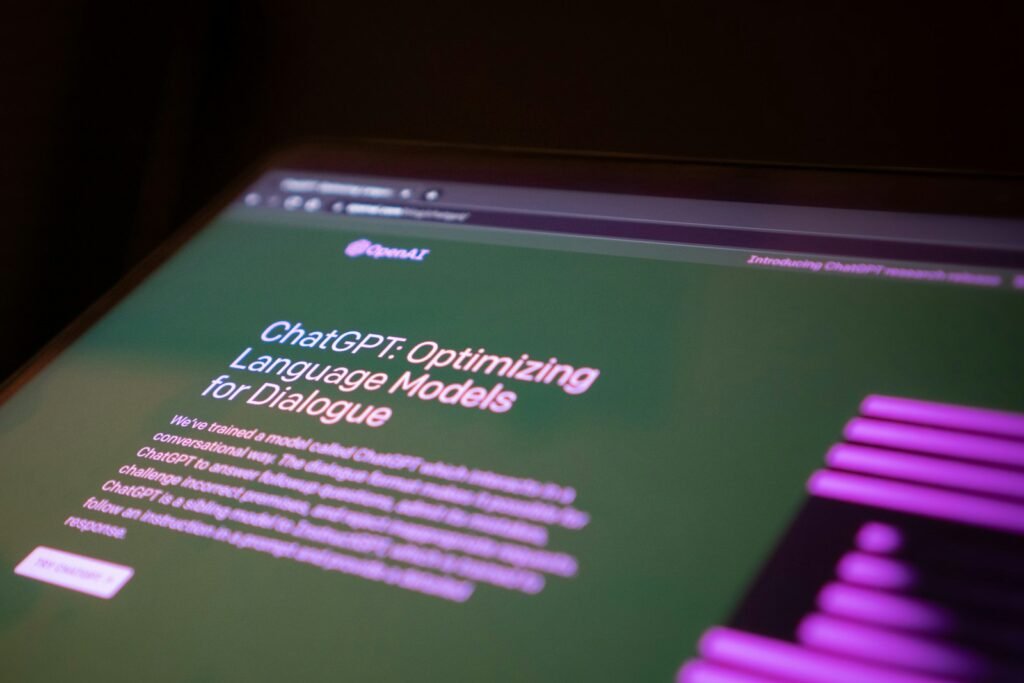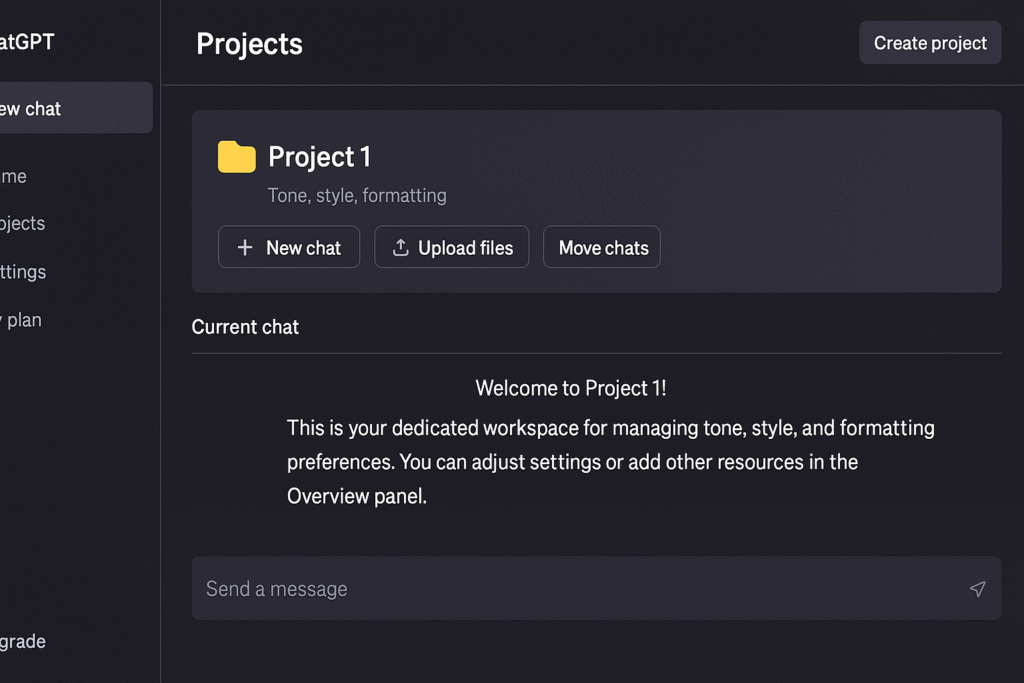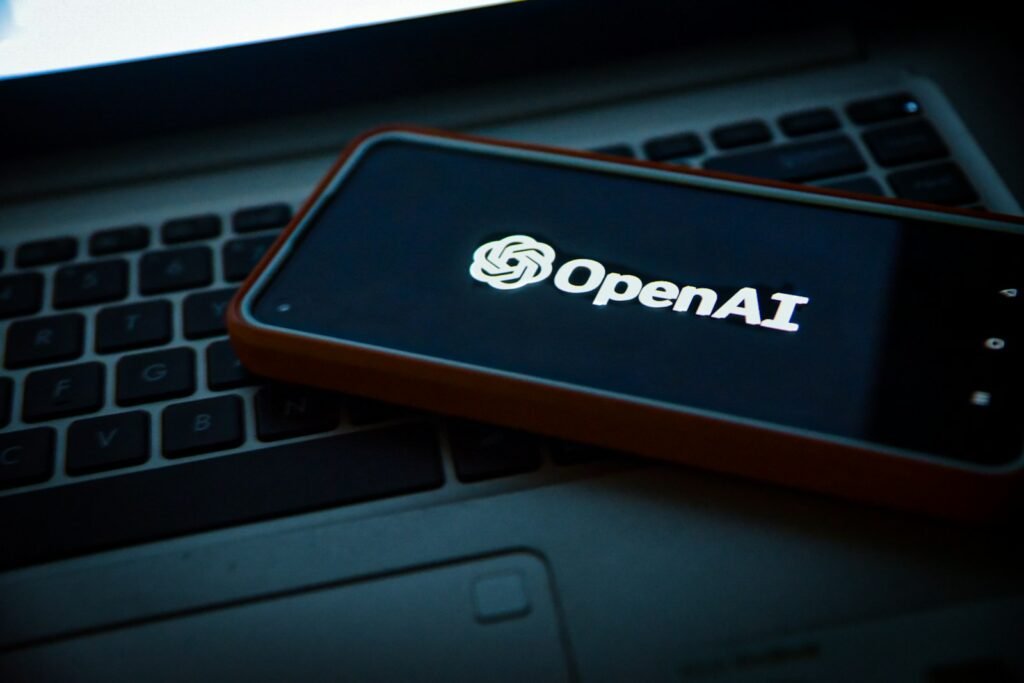For years, many of ChatGPT’s most compelling tools—things that made it more than just a Q&A bot—were gated behind subscription paywalls. Features like faster response times, access to newer model versions, and more file uploads were all part of that premium offering.
One of the standout features among those was Projects. Designed for people who use ChatGPT over longer time spans or for multi-threaded tasks—it offered ways to organize related conversations, files, and instructions in one coherent workspace. As of mid-September 2025, that’s changed: Projects is now available even to the free users.
What are “Projects” in ChatGPT?

Projects are essentially a workspace mechanism within ChatGPT that let users bundle together all the relevant components of a multi-part endeavor. This includes:
- Related chats or threads (so you don’t have to flip through a bunch of separate chats);
- Custom instructions and context specific to that project (tone, style, formatting, etc.).
They were originally a premium perk, because they offer richer organizational power—especially useful if you’re doing something long-term: writing a novel, building software, planning content, doing research, or similar. You can think of each project like a “folder” or “sandbox” that keeps everything together.
How to Use Projects (Now That They’re Free)
Here’s how you can get started with Projects, even on the free tier, and how to make the most of them:
- In ChatGPT’s interface (web or mobile), there will be an option to create a new project.
- When creating it, you can assign a name, choose an icon and color to help visually distinguish it.
- You decide the memory mode: whether it uses default memory (which shares context across your general ChatGPT activity) or project-only memory (so the context, saved items, etc., are scoped just within the project).
Populating the Project
- You can upload files into the project: for free users, there’s a limit (five files); higher plans get more.
- You can move existing chats into a project (via drag & drop or through conversation options). Once moved, those chats inherit the project’s instructions and context.
- You can also set custom instructions specific to a project: e.g. tone, how you want responses, formatting—these apply only for that project.
Using Tools Within Projects
- Projects aren’t just file + chat containers; they also integrate with other ChatGPT tools: for example, Canvas, image generation, study mode, etc. So you can combine resources (chats, images, documents) in one place.
- Because these work across devices, you can switch between web and mobile and retain the workspace continuity.
Limitations and Boundaries of Projects

Even though Projects are now free, there are a few caveats to know—what free users can’t do or what differences remain between free vs paid plans:
- Memory differences: In project-only memory mode, you don’t get granular control over deleting “saved memories” like in broader memory settings. If a chat or file is part of the project, to remove its effects you might need to actually remove it from the project or delete it.
- Settings & permissions: To fully use Projects, some settings like “Reference saved memories” and “Reference chat history” must be enabled. Some of those may only be accessible or usable once certain toggles are on.
- Data usage / privacy: For Enterprise, Business, or Education plans, data in a Project is not used to train OpenAI’s models. But for free, Plus, or Pro plans, data can be used for training (if the “Improve the model for everyone” setting is enabled). That can be turned off in settings via profile → settings → data control.
- File upload limits: Free users are limited to 5 files per project, whereas higher paid tiers get more uploads.
Why This Change Matters
The move to make Projects free holds both practical and symbolic importance:
- Better organization without paying: For users who’ve felt juggling multiple tabs or redundant chats was cumbersome, this adds significant value. Now even free users can have structure: group files, conversations, instructions for a given goal. This reduces friction in workflows like content creation, studying, coding, planning.
- Leveling the playing field: Paid plans will still have advantages (more files, privacy, memory controls), but by opening Projects to free users, there’s less of a gap in usability for users who aren’t willing or able to pay. It strengthens ChatGPT’s core offering.
- Incentive to explore: The change might encourage users who hadn’t considered upgrading to play more with the free product and see the benefits firsthand. It’s a kind of “try before you buy” but with real capability.
Tips & Best Practices for Using Projects Wisely

To get maximum benefit out of Projects, here are some tried and tested strategies:
- Name, icon, color smartly: Since you’ll likely have multiple projects for different purposes (work, study, hobby, personal), giving each project a clear, descriptive name + distinct color/icon helps when switching between them.
- Segment contexts cleanly: Use project-only memory when you want clear separation (e.g. for sensitive or compartmentalized work), and default memory when you want the project to draw on your broader usage. Be intentional about which mode you pick.
- Organize files early: As you gather reference materials (documents, data, images), uploading them into the relevant project from the start saves you the hassle of hunting them down later. It’s easier to keep all assets in one place.
- Use custom instructions per project: If one project requires a particular style (say, formal academic writing) and another is casual or technical, set the instructions accordingly so that you don’t have to restate them in each chat.
- Regular housekeeping: While Projects help with organization, free users may hit file limits, or accumulate chats/files they no longer need. Periodically clean out old material. Remove or archive chats, remove files that are no longer relevant.
Turning Projects into a free feature marks a substantial upgrade for all ChatGPT users. It brings powerful organizational tools once reserved for premium tiers into the reach of everyone. If you frequently have multi-step tasks, long-running projects, or just need a neater way to keep all your related chats, files, and instructions together—this feature is now at your fingertips

Hi, I’m Andrew, and I come from India. Experienced content specialist with a passion for writing. My forte includes health and wellness, Travel, Animals, and Nature. A nature nomad, I am obsessed with mountains and love high-altitude trekking. I have been on several Himalayan treks in India including the Everest Base Camp in Nepal, a profound experience.




